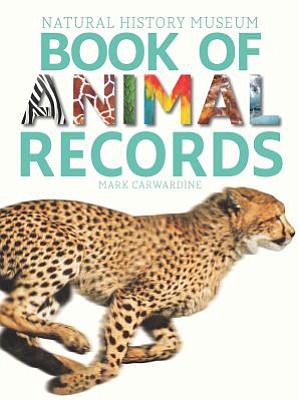Did you know that snow leopards are excellent long-jumpers, with one dextrous cat officially recorded as leaping over a ditch 49 feet 2 inches wide? Or that three species of horned lizards can squirt blood from their eyes, sometimes as far as 47 inches? And were you aware that the Stichopus variegatus, a species of sea cucumber found in the Philippines, can be up to 40 inches in length and 10 inches in diameter? If you’re a “fact and number” kind of person, you’ll probably find the 500s — the next stopover on the Dewey itinerary — a worthwhile section to browse.
Don’t think I’m trying to “blind you with science” (as songwriter Thomas Dolby once sang); the 500s are definitely worthy of exploration. Sure, science is the overall classification for this Dewey area, but the term “science” includes many fascinating topics. Skeptical? Take a gander at some of these subcategories: mathematics, astronomy, physics, chemistry, geology, fossils, biology, and zoology. A veritable “universe” of information just waiting to be discovered by readers — astounding!
Now, if you’ve avoided visiting 500-599 at the library because the thought of running into a book about algebra or quantum mechanics makes you break out in hives, perhaps this week’s title will persuade you to give this nonfiction area a second chance (and maybe wearing a long-sleeve shirt would help, too — ha, ha).
“The Natural History Museum Book of Animal Records” does have a lot of numbers inside its pages, but a whole zoo-load of animals live there, too. Turns out wildlife can be just as quirky as humans. On page 130 you can learn this about a couple of crows: “A pair of house crows in Mumbai, India, made their nest entirely of gold spectacle frames, which they had stolen from an open shop window.” That’s a nest with a vision! Go back to page 59 and do a double-take at a photo of a hand-standing skunk. The caption offers this explanation of the skunk’s odd behavior: “The spotted skunk … warns potential predators of its unpleasant, and exceedingly effective, means of defense by doing a handstand.” In other words, ready, aim, fire — pee-uuu!




